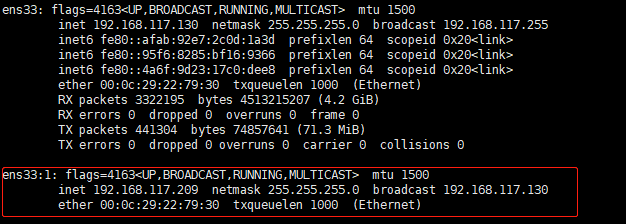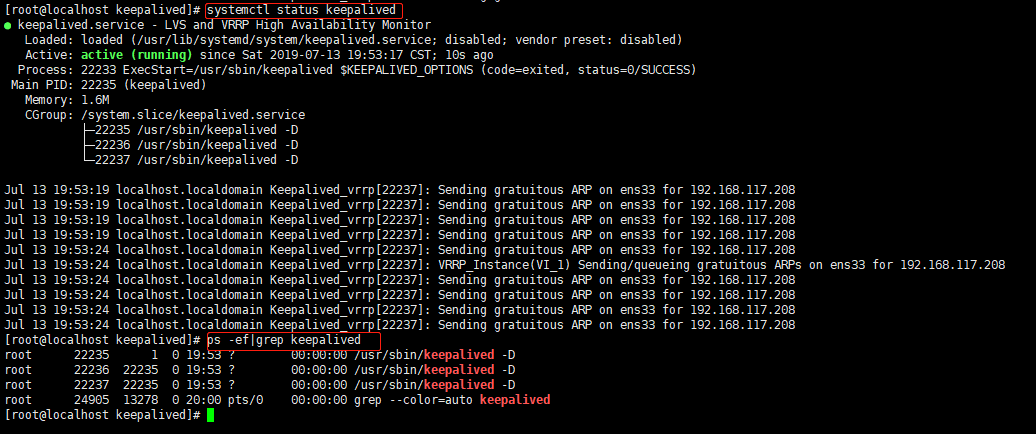1
2
3
4
5
6
7
8
9
10
11
12
13
14
15
16
17
18
19
20
21
22
23
24
25
26
27
28
29
30
31
32
33
34
35
36
37
38
39
40
41
42
43
44
45
46
47
48
49
50
51
52
53
54
55
56
57
58
59
60
61
62
63
64
65
66
67
68
69
70
71
72
73
74
75
76
77
78
79
80
81
82
83
84
85
86
87
88
89
90
91
92
93
94
95
96
97
98
99
100
101
102
103
104
105
106
107
108
109
110
111
112
113
114
115
116
117
118
119
120
121
122
123
124
125
126
127
128
129
130
131
132
133
134
135
136
137
138
139
140
141
142
143
144
145
146
147
148
149
150
151
152
153
154
155
156
157
158
159
160
161
162
163
164
165
166
167
168
169
170
171
172
173
174
175
176
177
178
179
180
181
182
183
184
185
186
187
188
189
190
191
192
193
194
195
196
197
198
199
200
201
202
203
204
205
206
207
208
209
210
211
| create table access (
access_id int NOT NULL AUTO_INCREMENT,
access_code char(1),
comment varchar (30),
primary key (access_id)
);
insert into access (access_code, comment) values
('M', 'Management access for project'),
('R', 'Read access for project'),
('W', 'Write access for project'),
('D', 'Delete access for project'),
('S', 'Search access for project');
create table role (
role_id int NOT NULL AUTO_INCREMENT,
role_mask int DEFAULT 0 NOT NULL,
role_code varchar(20),
name varchar (20),
primary key (role_id)
);
insert into role (role_code, name) values
('MDRWS', 'projectAdmin'),
('RWS', 'developer'),
('RS', 'guest');
create table user (
user_id int NOT NULL AUTO_INCREMENT,
username varchar(255),
email varchar(255),
password varchar(40) NOT NULL,
realname varchar (255) NOT NULL,
comment varchar (30),
deleted tinyint (1) DEFAULT 0 NOT NULL,
reset_uuid varchar(40) DEFAULT NULL,
salt varchar(40) DEFAULT NULL,
sysadmin_flag tinyint (1),
creation_time timestamp NOT NULL default CURRENT_TIMESTAMP,
update_time timestamp NOT NULL default CURRENT_TIMESTAMP,
primary key (user_id),
UNIQUE (username),
UNIQUE (email)
);
insert into user (username, email, password, realname, comment, deleted, sysadmin_flag, creation_time, update_time) values ('admin', 'admin@example.com', '', 'system admin', 'admin user',0, 1, NOW(), NOW()),('anonymous','anonymous@example.com', '', 'anonymous user', 'anonymous user', 1, 0, NOW(), NOW());
create table project (
project_id int NOT NULL AUTO_INCREMENT,
owner_id int NOT NULL,
name varchar (255) NOT NULL,
creation_time timestamp NOT NULL default CURRENT_TIMESTAMP,
update_time timestamp NOT NULL default CURRENT_TIMESTAMP,
deleted tinyint (1) DEFAULT 0 NOT NULL,
primary key (project_id),
FOREIGN KEY (owner_id) REFERENCES user(user_id),
UNIQUE (name)
);
insert into project (owner_id, name, creation_time, update_time) values
(1, 'library', NOW(), NOW());
create table project_member (
project_id int NOT NULL,
user_id int NOT NULL,
role int NOT NULL,
creation_time timestamp NOT NULL default CURRENT_TIMESTAMP,
update_time timestamp NOT NULL default CURRENT_TIMESTAMP,
PRIMARY KEY (project_id, user_id),
FOREIGN KEY (role) REFERENCES role(role_id),
FOREIGN KEY (project_id) REFERENCES project(project_id),
FOREIGN KEY (user_id) REFERENCES user(user_id)
);
insert into project_member (project_id, user_id, role, creation_time, update_time) values(1, 1, 1, NOW(), NOW());
create table project_metadata (
id int NOT NULL AUTO_INCREMENT,
project_id int NOT NULL,
name varchar(255) NOT NULL,
value varchar(255),
creation_time timestamp default CURRENT_TIMESTAMP,
update_time timestamp default CURRENT_TIMESTAMP on update CURRENT_TIMESTAMP,
deleted tinyint (1) DEFAULT 0 NOT NULL,
PRIMARY KEY (id),
CONSTRAINT unique_project_id_and_name UNIQUE (project_id,name),
FOREIGN KEY (project_id) REFERENCES project(project_id)
);
insert into project_metadata (id, project_id, name, value, creation_time, update_time, deleted) values
(1, 1, 'public', 'true', NOW(), NOW(), 0);
create table access_log (
log_id int NOT NULL AUTO_INCREMENT,
username varchar (255) NOT NULL,
project_id int NOT NULL,
repo_name varchar (256),
repo_tag varchar (128),
GUID varchar(64),
operation varchar(20) NOT NULL,
op_time timestamp NOT NULL default CURRENT_TIMESTAMP,
primary key (log_id),
INDEX pid_optime (project_id, op_time)
);
create table repository (
repository_id int NOT NULL AUTO_INCREMENT,
name varchar(255) NOT NULL,
project_id int NOT NULL,
description text,
pull_count int DEFAULT 0 NOT NULL,
star_count int DEFAULT 0 NOT NULL,
creation_time timestamp default CURRENT_TIMESTAMP,
update_time timestamp default CURRENT_TIMESTAMP on update CURRENT_TIMESTAMP,
primary key (repository_id),
UNIQUE (name)
);
create table replication_policy (
id int NOT NULL AUTO_INCREMENT,
name varchar(256),
project_id int NOT NULL,
target_id int NOT NULL,
enabled tinyint(1) NOT NULL DEFAULT 1,
description text,
deleted tinyint (1) DEFAULT 0 NOT NULL,
cron_str varchar(256),
filters varchar(1024),
replicate_deletion tinyint (1) DEFAULT 0 NOT NULL,
start_time timestamp NULL,
creation_time timestamp default CURRENT_TIMESTAMP,
update_time timestamp default CURRENT_TIMESTAMP on update CURRENT_TIMESTAMP,
PRIMARY KEY (id)
);
create table replication_target (
id int NOT NULL AUTO_INCREMENT,
name varchar(64),
url varchar(64),
username varchar(255),
password varchar(128),
target_type tinyint(1) NOT NULL DEFAULT 0,
insecure tinyint(1) NOT NULL DEFAULT 0,
creation_time timestamp default CURRENT_TIMESTAMP,
update_time timestamp default CURRENT_TIMESTAMP on update CURRENT_TIMESTAMP,
PRIMARY KEY (id)
);
create table replication_job (
id int NOT NULL AUTO_INCREMENT,
status varchar(64) NOT NULL,
policy_id int NOT NULL,
repository varchar(256) NOT NULL,
operation varchar(64) NOT NULL,
tags varchar(16384),
creation_time timestamp default CURRENT_TIMESTAMP,
update_time timestamp default CURRENT_TIMESTAMP on update CURRENT_TIMESTAMP,
PRIMARY KEY (id),
INDEX policy (policy_id),
INDEX poid_uptime (policy_id, update_time)
);
create table replication_immediate_trigger (
id int NOT NULL AUTO_INCREMENT,
policy_id int NOT NULL,
namespace varchar(256) NOT NULL,
on_push tinyint(1) NOT NULL DEFAULT 0,
on_deletion tinyint(1) NOT NULL DEFAULT 0,
creation_time timestamp default CURRENT_TIMESTAMP,
update_time timestamp default CURRENT_TIMESTAMP on update CURRENT_TIMESTAMP,
PRIMARY KEY (id)
);
create table img_scan_job (
id int NOT NULL AUTO_INCREMENT,
status varchar(64) NOT NULL,
repository varchar(256) NOT NULL,
tag varchar(128) NOT NULL,
digest varchar(128),
creation_time timestamp default CURRENT_TIMESTAMP,
update_time timestamp default CURRENT_TIMESTAMP on update CURRENT_TIMESTAMP,
PRIMARY KEY (id)
);
create table img_scan_overview (
id int NOT NULL AUTO_INCREMENT,
image_digest varchar(128) NOT NULL,
scan_job_id int NOT NULL,
severity int NOT NULL default 0,
components_overview varchar(2048),
details_key varchar(128),
creation_time timestamp default CURRENT_TIMESTAMP,
update_time timestamp default CURRENT_TIMESTAMP on update CURRENT_TIMESTAMP,
PRIMARY KEY(id),
UNIQUE(image_digest)
);
create table clair_vuln_timestamp (
id int NOT NULL AUTO_INCREMENT,
namespace varchar(128) NOT NULL,
last_update timestamp NOT NULL,
PRIMARY KEY(id),
UNIQUE(namespace)
);
create table properties (
id int NOT NULL AUTO_INCREMENT,
k varchar(64) NOT NULL,
v varchar(128) NOT NULL,
PRIMARY KEY(id),
UNIQUE (k)
);
CREATE TABLE IF NOT EXISTS `alembic_version` (
`version_num` varchar(32) NOT NULL
) ENGINE=InnoDB DEFAULT CHARSET=utf8;
insert into alembic_version values ('1.4.0');
|



